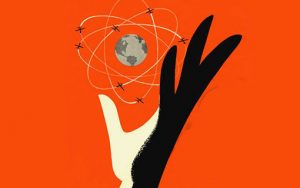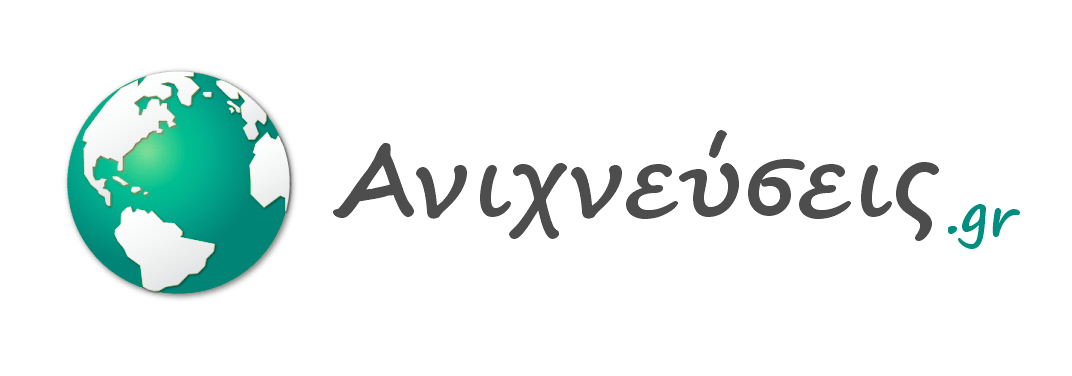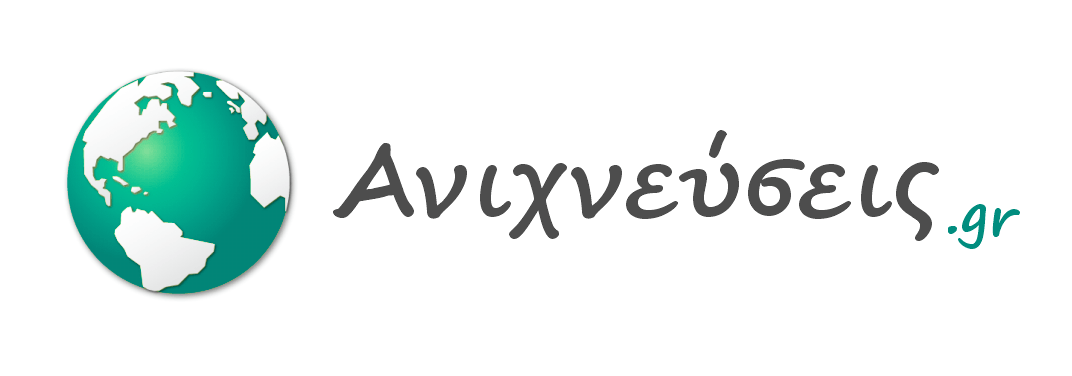 The New Invisible Hand suggests the existence of a middle path.
The New Invisible Hand suggests the existence of a middle path.

In olden days, the death of one Monarch and coronation of the next was sometimes announced with the words “The King is Dead! Long Live the King!” In this spirit, I’m happy to herald the death of one version of the invisible hand concept and its replacement by another.
The old concept pretends that the pursuit of individual or corporate self-interest robustly benefits the common good, as if “led by an invisible hand” in the words of Adam Smith. This is also the essence of the term “laissez-faire”, which is French for “leave it alone”. Nobody believes that an economy can truly be a free for all—certainly not Adam Smith, who invoked his metaphor only three times in the entire corpus of his work. A fuller reading reveals that he was amply aware of the need to regulate economies. Nevertheless, those who have made the invisible hand their central metaphor regard laissez faire as by far the better path to take than its alternative—centralized planning.
I am not the first person to declare this notion of the invisible hand dead, but my grounds for doing so are somewhat novel. Evolutionary theory makes it crystal clear that the unregulated pursuit of self-interest is often toxic for the common good. This conclusion becomes especially strong when we conceptualize self-interest in relative rather than absolute terms, a distinction that separates much evolutionary thinking from much economic thinking. When we absorb the fact that “life is graded on a curve” as the evolutionary economist Robert Frank puts it[1], then we can see that nearly all cooperative efforts require time, energy, and risk on the part of the cooperative individuals that place them at a relative disadvantage compared to less cooperative individuals within the same group.
The same theory that delivers the death stroke to the old concept of the invisible hand also provides a strong foundation for the new one. The two elements of the invisible hand metaphor are: 1) A social system works well; 2) without its members having the welfare of the system in mind. Nature is replete with examples, such as eusocial insect colonies and multicellular organisms as societies of cells. The members of these societies work harmoniously for the common good without even having minds in the human sense of the word. In each case, the first element of the invisible hand metaphor is satisfied because the society is the primary unit of selection—colony-level selection in the case of eusocial insects and organism-level selection in the case of multicellular organisms. The second element is satisfied because higher-level selection winnowed a small set of lower-level behaviors that contribute to the common good from the much larger set of lower-level behaviors that would disrupt the common good. In short, higher-level selection is the invisible hand. When it doesn’t occur, then disruptive forms of selection among individuals within groups take over, such as cancers in multicellular organisms and varying forms of cheating behaviors in eusocial insect colonies.
One of the great discoveries of evolutionary science during the last few decades is that this theoretical framework, called multilevel selection theory, can be applied to the evolution of our own species–including our genetic evolution primarily at the scale of small groups, our cultural evolution at successively larger scales during the last 10,000 years, and the rapid changes swirling all around us today that we are trying to influence with our policy decisions. If ever there was a need for a new King to replace an old King, it is now.
A detailed brief for the New Invisible Hand is provided in an academic article titled “Human Ultrasociality and the Invisible Hand: Foundational Developments in Evolutionary Science Alter a Foundational Concept in Economics”, which I wrote with the economist John Gowdy[2]. The main take-home message is easy for anyone to understand. We must learn to function in two capacities: As designers of large-scale social systems and as participants in the social systems that we design. As participants, we don’t need to have the welfare of the whole system in mind, but as designers we do. There is no way around it. Anything short will result in social dysfunction.
This is a definitive refutation of laissez-faire as a perspective for formulating policy, but it is not an endorsement of centralized planning. Indeed, the main import of the New Invisible Hand is to suggest the existence of a middle path, a way to design social systems that is itself evolutionary and iterative, resulting in regulatory processes that look like laissez-faire, even though they never would have come into existence on their own.
Just as I am not the first to declare the old concept of the invisible hand dead, I am not the first to “discover” the existence of a middle path. It emerges from numerous theoretical perspectives and there are outstanding case studies to draw upon. Important books include Complexity and the Art of Public Policyby David Colander Roland Kupers[3]; Big Mind by Geoff Mulgan[4], The Gardens of Democracy by Eric Liu and Nick Hanauer[5], and The Origin of Wealth by Eric Beinhocker[6].
In short, the middle path between laissez-faire and centralized planning has been discovered many times, as might be expected from a cultural evolutionary perspective—but that isn’t good enough. Each discovery originates as a cultural “mutation’, often by happenstance, and spreads on the basis of its success to a degree, but then remains confined within certain cultural boundaries and is largely unknown outside its borders—somewhat like the geographical distribution of a biological species. What’s needed is a way to transcend these cultural boundaries so that all of the examples can be related to each other and understood from a unified theoretical perspective provided by a combination of evolutionary theory and complex systems theory[7].
I have learned much from the pioneers listed above (see the endnotes for links to interviews, reviews, and excerpts of their books) and look forward to featuring others in an effort to turn the middle path into a broad highway that everyone can travel to solve the problems of our age.
2018 February 8
[1] Frank, R. (2011). The Darwin Economy: Liberty, Competition, and the Common Good. Princeton: Princeton University Press. Go here for my interview with Frank.
[2] Wilson, D. S., & Gowdy, J. (2015). Human Ultrasociality and the Invisible Hand: Foundational Developments in Evolutionary Science Alter a Foundational Concept in Economics. Journal of Bioeconomics 17(1), 37–52. https://doi.org/10.1007/s10818-014-9192-x
[3] Colander, D., & Kupers, R. (2014). Complexity and the Art of Public Policy: Solving Society’s Problems from the Bottom Up. Princeton NJ: Princeton Univesity Press. Go here for my review and here for an excerpt of the book.
[4] Mulgan, G. (2017). Big Mind: How Collective Intelligence Can Change Our World. Princeton: Princeton University Press. Go here for my interview with Mulgan and here for an excerpt of the book.
[5] Liu, E., & Hanauer, N. (2011). The Gardens of Democracy: A New American Story of Citizenship, the Economy, and the Role of Government. Seattle: Sasquatch. Go here for an excerpt of the book.
[6] Beinhocker, E. D. (2006). Origin of Wealth: Evolution, Complexity, and the Radical Remaking of Economics. Cambridge, MA: Harvard Business School Press. Go here for my interview with Beinhocker.
[7] Wilson, D. S., & Kirman, A. (2016). Complexity and Evolution: Toward a New Synthesis for Economics. (D. S. Wilson & A. Kirman, Eds.). Cambridge Mass.: MIT Press. Go here for my interview with Kirman.
DAVID SLOAN WILSON



